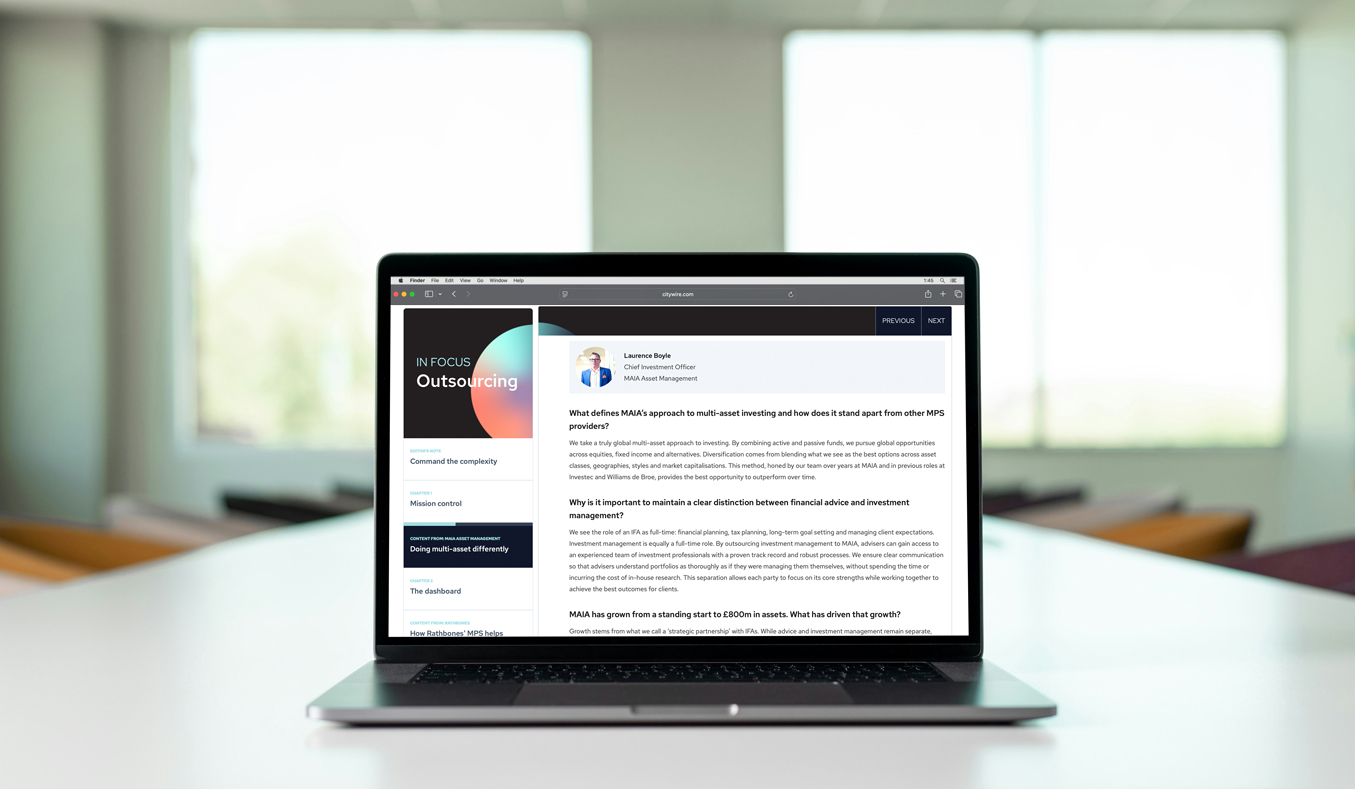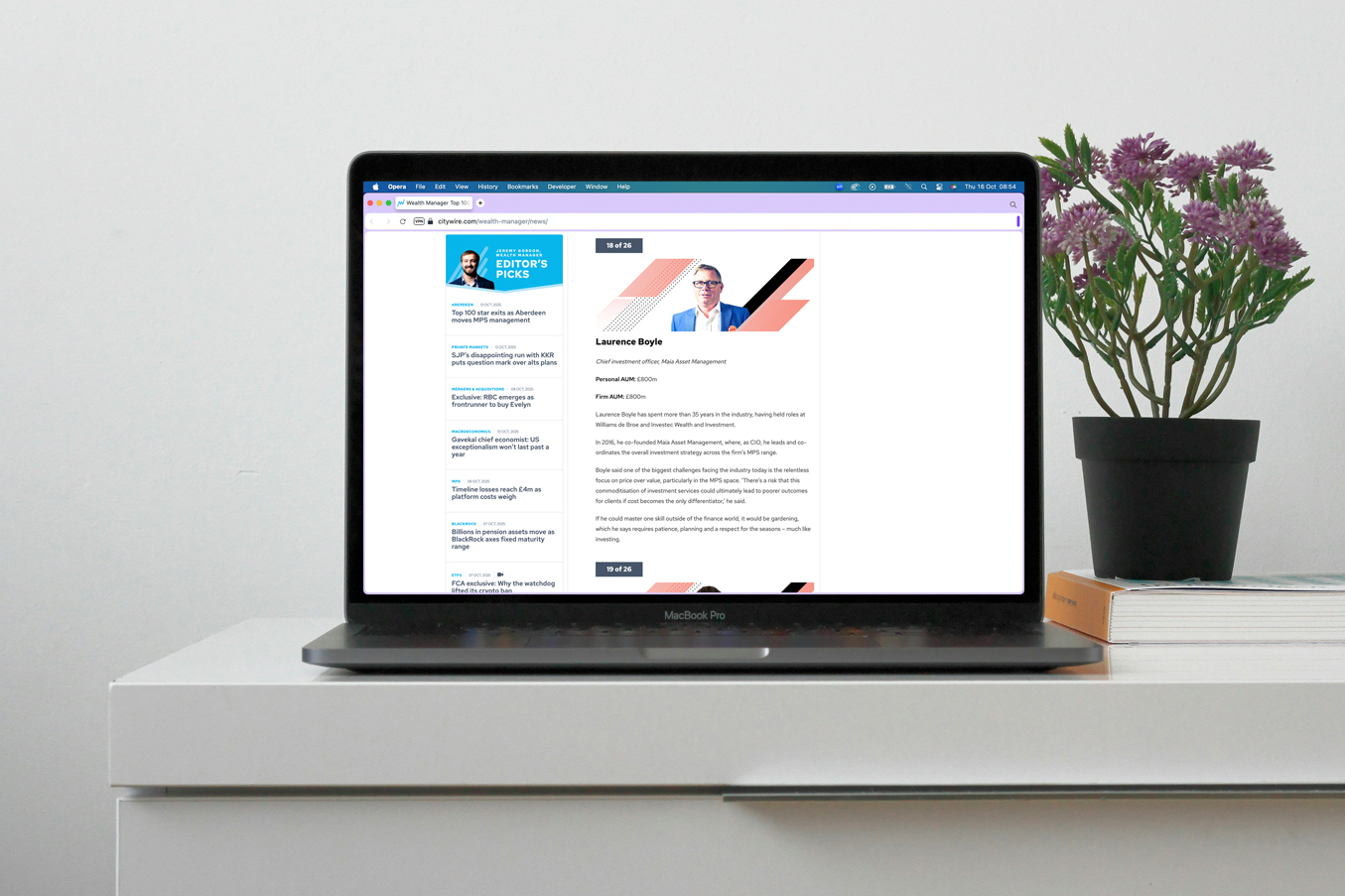The on-going coronavirus pandemic has caused the sharpest sell off on record.

The on-going coronavirus pandemic has caused the sharpest sell off on record. Global equity markets took the least amount of time ever to fall into bear market territory (16 sessions in the US). The falls that have occurred have been global and across the majority of asset classes including equities, fixed income, infrastructure, real assets and alternatives. There has been extreme volatility across all of these asset classes.
To counteract this, governments and Central Banks have been as swift as the falls in providing stimulus that has flooded global economies with liquidity. In a matter of weeks, central banks have exceeded the spending that was present during the 2008 Global Financial Crisis. The US Federal Reserve has launched ‘QE infinity’. This includes buying huge amounts of debt (government and corporate); providing liquidity lines for markets; and supplying loans to businesses that are immediately under pressure. The ECB unveiled a €750 billion bond buying programme, which should lead to more monthly bond purchases than ever before, and this will run to at least the end of the year. The Bank of England has dropped interest rates to record lows (0.1%) and its new bond buying round of £200 billion is the largest package undertaken.
Matching the financial muscle of monetary authorities, politicians have rapidly drawn up packages that have surpassed anything previously undertaken. The $2 trillion deal announced by the US is two and a half times the size of stimulus enacted in 2009. The UK’s extensive rescue package will pay up to 80% of salaries of employees kept on through the crisis and Germany has set up a €500 billion bail-out fund for companies. The total amount of fiscal spending amounts to anything from 5% of each country’s GDP to close to 20% as shown in the UK and even higher in Germany.
When looking at the amount of stimulus provided, it does seem that a lot of action has already been taken to help drive the economy through and beyond this pandemic. This may not even be the end of stimulus and further could occur depending on how the situation develops. If this is the case, it is reasonable to expect that once the pandemic is under control, global markets will quickly price in the more positive economic backdrop of being propped up by central banks and governments globally.
So, considering the amount of easing that has and could continue to take place, what is currently priced into market valuations?
Below we examine the current valuations of three asset classes that figure heavily within our portfolios.
Equities
Equity markets have witnessed the sharpest fall in history. The large falls have been global, as the Coronavirus pandemic spreads.

Equity markets are now at extremely cheap levels on a Price to Earnings basis, as shown in the chart above. There will be issues that will arise from an earnings perspective as businesses are shut, revenues are squeezed, and the economy grinds to a halt. However, not all businesses will be as negatively affected as the plunge in valuations suggests.
We believe that the earnings falls, dividend cuts and loss of revenue for most businesses will be transitory. Over time, as businesses come back online and normality resumes, these businesses will pick up again, meaning that the cheaper valuations are an extremely positive buying opportunity.
In certain markets like the UK, the opportunities for longer term investors have, to some degree, never been better. This means for active management; long term opportunities have arisen to start to buy stocks at cheaper valuations across most sectors and market caps, as highlighted in the chart below.

Fixed Income
As with equities, fixed income has in some instances been sold extensively with investors selling anything and everything to increase their cash positions. Liquidity and trading became a problem because of this and meant that central banks globally had to inject further financial resources to stop markets seizing up. Thankfully these measures seem to be working and now some normality has returned to fixed income markets.
The recent sell off has led to credit spreads in several assets to widen to levels not seen for several years. The credit spread is the difference between government yields and yields on each of the underlying asset classes. With government yields falling and investors selling most other fixed income holdings, spreads have widened to unprecedented levels in a very short amount of time as shown in the table below.

We believe that the selloff has been indiscriminate, and opportunities are currently available in most fixed income markets. As long as the company issuing the underlying bond stays solvent and can pay the coupon and redemption price, the pull to par factor and currently high yields will mean investors in certain fixed income holdings can generate a very healthy return.
At these spread levels, investors historically have not made a loss in high yield over a 12, 24- or 36-month basis. This is not just apparent in High Yield but across the fixed Income spectrum, especially over a longer- term period. The table below highlights this.

Source: Lord Abbett March 2020
Defined Returns
Defined returns have also not been immune to the recent sell offs. As with equities and fixed income, the increased need for liquidity and heightened volatility has led to losses occurring as liquidity dried up and volatility increased.
The defined return funds we utilise have many different derivative contracts within the fund. Most of these have a long-term investment timeframe (3 years plus) and all have index levels that are priced in to gain return and the repayment of capital. The payment of these will not be calculated until the end period and so the current performance of these is pricing in that equity markets do not rise again from here. This is something which we believe is extremely unlikely.
There’s a very large possibility that equity markets will rise in the future once the pandemic comes under control. This will mean that underlying capital will be paid, and a very large possibility of coupon payments being made as well. This is shown in the current market scenarios for one of the defined return funds we currently utilise. The table below shows how the funds underlying price will change dependent on market index returns at the current price.

Source Atlantic House March 2020
In Conclusion
When investing in unprecedented times like these, fundamentals must become the bedrock for any investment decision. We have highlighted how the indiscriminate sell off that has occurred over the past few weeks has provided cheap long-term valuation opportunities and created positive fundamentals for future investment. Just look at 2003, 2009 & 2010 for instances when these types of valuations last occurred in the marketplace and the returns made at these levels.
This website is aimed at Independent Financial Advisers, please tick the box to confirm that you are an IFA before entering the website.








